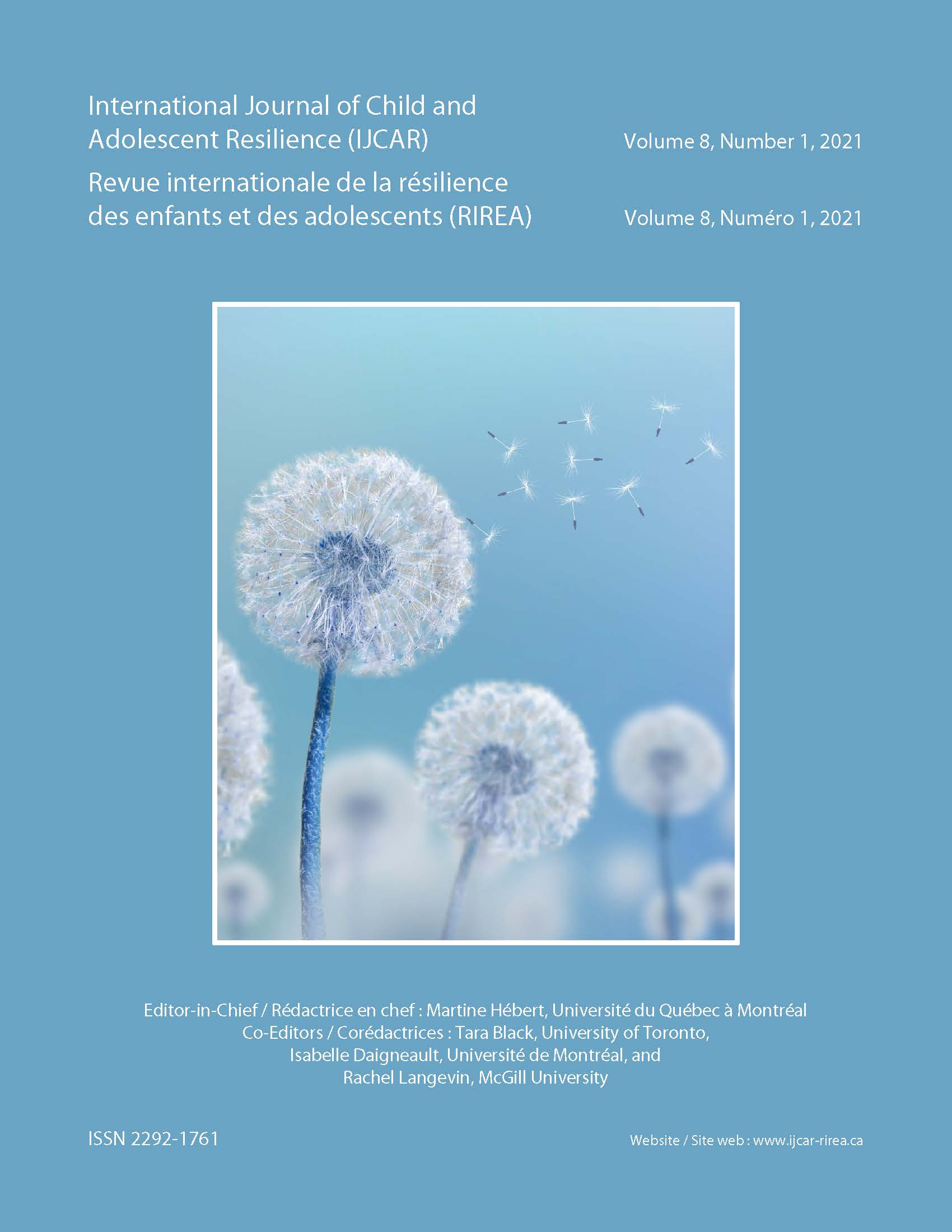Résumé
Au Canada, les jeunes Autochtones ont demeuré résilients malgré le fait d’être confronté à une vaste étendue de risques structurels et systémiques, tels que les avis d'ébullition d'eau à long terme, la surreprésentation dans le système de protection de la jeunesse et les injustices liées aux traités fonciers. En tant que peuples de la terre, toute perturbation de la santé écologique constitue une perturbation de la santé holistique personnelle et communautaire. Les activités basées sur le territoire et la continuité culturelle renforcent les voies de persévérance pour les jeunes Autochtones (Toombs et al., 2016). Pour les jeunes, l'expression de soi culturelle et l'agentivité sont renforcées par les plateformes numériques, qui sont bien adaptées aux forces des peuples autochtones dans les domaines de l'art, de la musique et des formes orales de transmission des connaissances. Le domaine de la santé mentale s'est tourné vers le soutien électronique tel que les applications mobiles pouvant fournir une intervention facilement accessible lorsqu’un besoin se présente. À ce jour, les interventions sur la résilience ont reçu moins d'attention que l'étude des facteurs et des processus de résilience. Il est donc opportun de revoir la littérature existante sur les applications de santé mentale auprès des jeunes Autochtones, car les applications autochtones en sont encore aux premières étapes de la recherche. En examinant de manière critique le travail effectué à ce jour, il est soutenu qu'un concept inclusif et expansif de résilience, cohérent avec les perspectives autochtones de santé holistique, est pertinent comme fondement pour le développement collaboratif d'applications de résilience. À ce jour, peu d'applications de santé mentale ont été étudiées avec les jeunes Autochtones, et encore moins ont été co-construites avec les jeunes Autochtones et les membres de leur communauté. La littérature actuelle souligne la faisabilité en termes de préparation ou d'utilisation potentielle, ainsi que la fonctionnalité pour promouvoir une approche intégrée de la santé culturelle et holistique. Comme cet effort peut être spécifique aux valeurs, aux récits et aux pratiques d'une nation autochtone particulière, nous mettons en lumière le modèle de bien-être conceptuel des Haudenosaunee comme exemple pour guider l'intégration scientifique autochtone et non autochtone, avec un projet en cours avec l'application mobile JoyPopTM mHealth pour promouvoir la santé mentale positive et la résilience.
